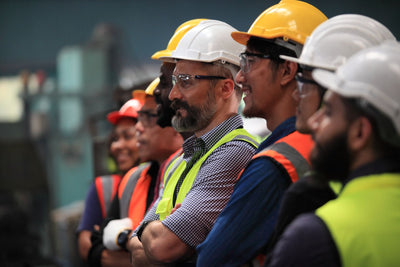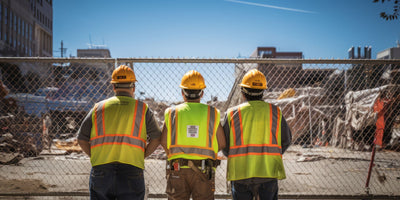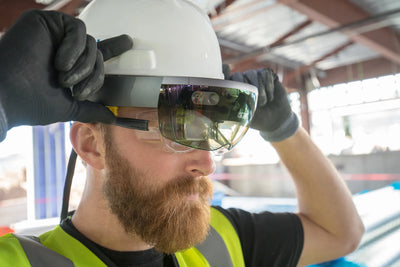In the bustling environment of construction sites, safety is paramount. Among the crucial tools for maintaining safety are construction safety signs. These signs serve as visual cues, guiding workers and visitors alike on potential hazards and necessary precautions. Understanding the various types of construction safety signs and their meanings is essential for promoting a safe working environment. Let's delve into the world of construction safety signage:
-
Mandatory Signs: Mandatory signs are recognizable by their blue circle with a white pictogram and are used to indicate actions that must be taken. These signs are crucial for highlighting essential safety procedures that individuals must adhere to on-site. Examples include "Hard Hat Area," "Safety Glasses Required," and "Ear Protection Must Be Worn."
-
Prohibition Signs: Prohibition signs feature a red circle with a white pictogram, often crossed out, indicating actions or behaviors that are prohibited on the site. These signs help prevent accidents and maintain order by clearly delineating actions that are not allowed. Examples include "No Entry," "No Smoking," and "Do Not Touch."
-
Warning Signs: Warning signs are characterized by a yellow triangle with a black pictogram, alerting individuals to potential hazards or dangers in the area. These signs are crucial for drawing attention to hazards that may not be immediately obvious, thereby preventing accidents and injuries. Examples include "Caution: Wet Floor," "Watch Your Step," and "Danger: High Voltage."
-
Emergency Signs: Emergency signs are easily identifiable by their green background with white pictograms and are used to indicate emergency procedures, equipment, or facilities. These signs play a vital role in ensuring that individuals know where to find emergency exits, first aid stations, and firefighting equipment in case of emergencies. Examples include "Emergency Exit," "First Aid Station," and "Fire Extinguisher."
-
Fire Safety Signs: Fire safety signs are crucial for indicating fire hazards, emergency routes, and firefighting equipment on construction sites. These signs typically feature a red background with white pictograms and text, ensuring they are easily visible even in low-light conditions. Examples include "Fire Alarm Call Point," "Fire Assembly Point," and "Fire Exit."
-
Informational Signs: Informational signs provide important information or instructions relevant to the construction site. These signs can cover a wide range of topics, from site-specific rules and regulations to directions and guidance for visitors. Examples include "Site Safety Rules," "Visitor Parking," and "Keep Clear."
Understanding the meanings of these construction safety signs is crucial for promoting a culture of safety on construction sites. By ensuring that workers and visitors alike are familiar with these signs and their meanings, construction companies can significantly reduce the risk of accidents and injuries. Remember, safety should always be the top priority in any construction project.






